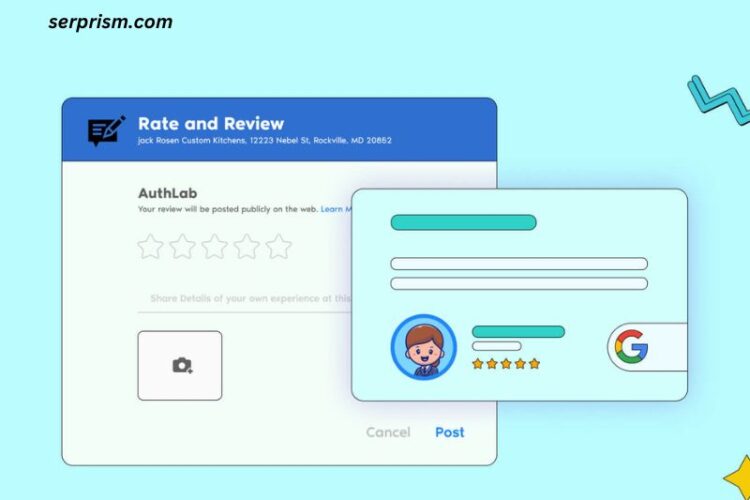
In today’s digital landscape, where attention spans are shrinking and competition for viewer engagement is fierce, incorporating videos into webpages is no longer just an option; it’s becoming essential. Numerous studies indicate that web pages featuring videos rank better on search engines, and for good reason. This article explores the reasons why videos enhance search engine optimization (SEO) and provides practical strategies for leveraging video content effectively.
The Rising Importance of Video Content
1. Increasing Consumption of Video
Video content consumption has skyrocketed in recent years. According to a report by Cisco, by 2022, video traffic would account for 82% of all consumer internet traffic. This shift in how audiences prefer to consume information means that businesses must adapt to meet viewer preferences, making video an integral part of any content strategy.
2. Enhanced User Engagement
Websites that integrate video tend to have higher user engagement rates. Video can convey complex information quickly and effectively, leading to longer time spent on a webpage. Search engines like Google prioritize user engagement as a ranking factor; the longer visitors stay on your site, the better your chances of ranking higher.
3. Lower Bounce Rates
High bounce rates can negatively impact SEO rankings. Videos can keep users engaged longer, which lowers bounce rates. When visitors find what they’re looking for, they are less likely to leave immediately, sending positive signals to search engines about the relevance and quality of your content.
SEO Benefits of Video Content
1. Video Increases SERP Visibility
Including video content on a webpage can lead to higher visibility in Search Engine Results Pages (SERPs). Websites that feature videos are more likely to appear in Google’s “Video” results section. This additional visibility can lead to increased click-through rates (CTR), further boosting your overall SEO performance.
2. Rich Snippets and Featured Snippets
Google often displays rich snippets or featured snippets, which are enhanced results that provide additional information directly in the SERP. Videos can enhance your chances of appearing in these snippets, particularly if they are relevant to the query. For example, how-to videos are often shown at the top of search results, which can significantly increase traffic to your site.
3. Improved Backlink Opportunities
Content that includes video is more likely to be shared and linked to by other websites, which is a crucial factor for SEO. Backlinks are one of the most important ranking factors, and videos that are informative, entertaining, or visually appealing tend to attract more backlinks. This can further enhance your site’s authority and search rankings.
Best Practices for Using Video Content on Webpages
To maximize the SEO benefits of videos, it’s essential to follow best practices in video production, optimization, and placement. Here are some strategies to consider:
1. Optimize Video for Search Engines
- Title and Description: Use descriptive titles and detailed descriptions that include relevant keywords. This helps search engines understand the content of your video.
- Transcripts: Providing a transcript of your video can improve accessibility and allow search engines to index the content effectively. This can lead to better rankings for both the video and the associated webpage.
2. Choose the Right Video Format and Hosting
- File Format: Use widely compatible video formats (like MP4) to ensure smooth playback across devices.
- Hosting Options: While you can host videos on your own site, using platforms like YouTube or Vimeo can enhance visibility. YouTube is the second largest search engine globally, and embedding videos from there can leverage its traffic.
3. Use Thumbnails Wisely
Thumbnails act as the first impression for your video. An eye-catching and relevant thumbnail can increase click-through rates. Make sure to customize your thumbnails instead of relying on default ones.
4. Promote Your Videos
Promoting your videos across social media channels, email newsletters, and other platforms can drive traffic back to your site. The more traffic your video receives, the better the chances of improving your SEO.
5. Monitor Performance
Use tools like Google Analytics to track the performance of your videos. Pay attention to metrics such as view duration, engagement rate, and conversion rates. This data can provide insights into what content resonates with your audience and help refine future strategies.
Leveraging Video for Different Content Types
1. How-To and Tutorial Videos
How-to videos are incredibly popular and often rank well in search engines. They offer valuable, actionable content that audiences are searching for. Incorporating these types of videos can position your brand as an authority in your niche.
2. Product Demonstrations
For e-commerce websites, product demonstration videos can significantly enhance user experience. They allow potential customers to see products in action, leading to informed purchasing decisions and reducing return rates.
3. Customer Testimonials
Video testimonials can build trust and credibility. Prospective customers are more likely to convert when they see real people discussing their positive experiences with your brand. These videos can also improve your brand’s image and enhance SEO through social proof.
4. Live Videos
Live streaming has become increasingly popular, allowing brands to interact with their audience in real time. Live videos can lead to higher engagement rates and create a sense of urgency that can drive immediate action from viewers.
Addressing Potential Challenges
While the benefits of incorporating videos into your webpage are clear, there are challenges to consider:
1. Loading Speed
Videos can slow down page load times, negatively impacting user experience and SEO. To mitigate this, ensure that your videos are optimized for fast loading. Use lazy loading techniques, which only load videos when they are in the viewport, to enhance performance.
2. Accessibility
It’s essential to make video content accessible to all users, including those with disabilities. Adding captions and transcripts not only helps with SEO but also ensures compliance with accessibility standards.
3. Resource Allocation
Creating high-quality video content can require significant resources. Businesses should consider their capabilities and whether to produce videos in-house or outsource to professionals.
Conclusion
The integration of video content on webpages is a powerful strategy for enhancing SEO and improving user engagement. With increasing consumption of video, businesses must adapt their content strategies to stay relevant. By optimizing video content for search engines, utilizing best practices, and addressing potential challenges, brands can harness the full potential of video to boost their online presence.
In a digital world where content is abundant, standing out is crucial. Videos not only enhance the user experience but also provide a competitive edge in search engine rankings. As algorithms continue to evolve, the importance of video will only grow, making it a vital component of any successful online strategy. Embracing video today can lead to significant advantages tomorrow.




